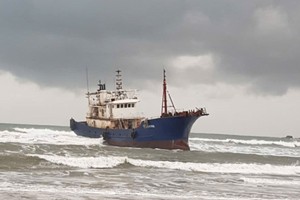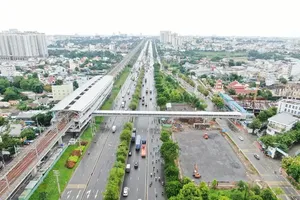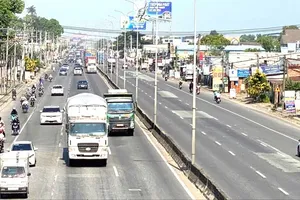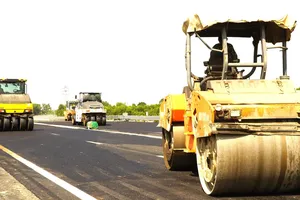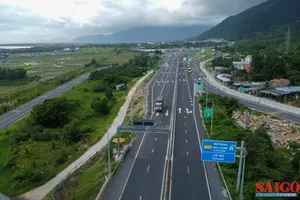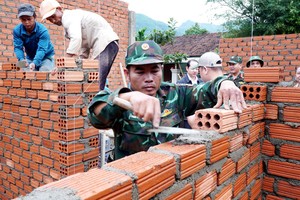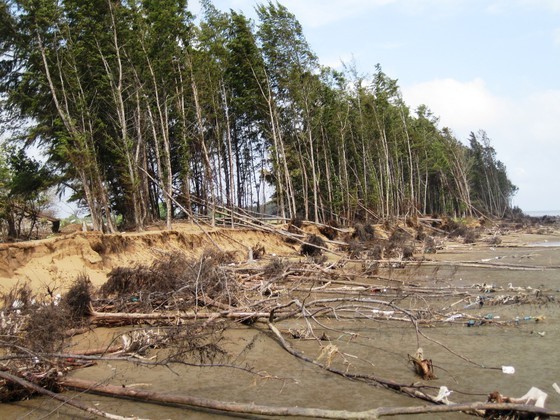
That was reported by the General Department on Natural Disaster Prevention and Control under the Ministry of Agriculture and Rural Development yesterday.
According to the department, natural disasters affected all 13 provinces and city in the Mekong Delta and complicatedly progressed. The entire region had about 512 riverside landslide spots with the total length of 566 kilometers. Of which, there were 59 extremely dangerous spots with the total length of 103 kilometers. In addition, the region had 52 coastline erosion spots with the total length of 268 kilometers.
In the Southeastern region, natural disasters also affected six provinces and cities. Of these, Binh Phuoc and Dong Nai provinces were badly flooded due to heavy rains. Asides from that, there were 38 cyclones in the whole region, Tay Ninh province alone suffered 22 cyclones.
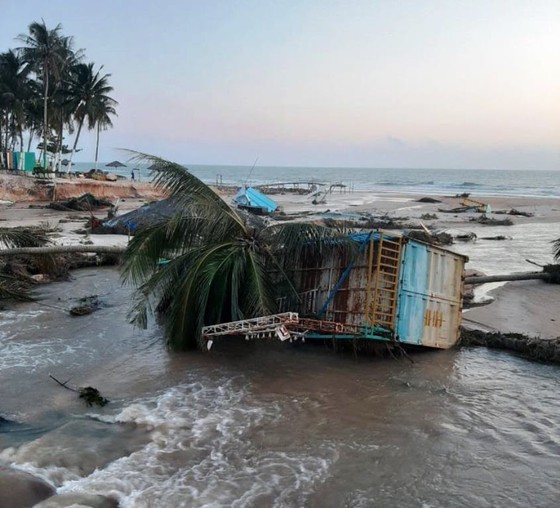 Natural disasters have caused big property loss for people in the Mekong Delta since early 2019 (Photo: SGGP)
Natural disasters have caused big property loss for people in the Mekong Delta since early 2019 (Photo: SGGP)In addition, it has been doing procedures to seek the National Assembly Standing Committee’s approval of an financial aid of VND1,273 billion ($54.76 million) from the spare source of the midterm investment plan in the phase of 2016-2020 for the purpose.
The Ministry of Science and Technology has studied some subjects to deal with coastal erosion in the delta and issued four criteria on the task.
Meantime the Ministry of Planning and Investment has proposed the Prime Minister to give financial aid to four urgent anti-landslide projects in An Giang, Kien Giang, Ca Mau and Can Tho city.
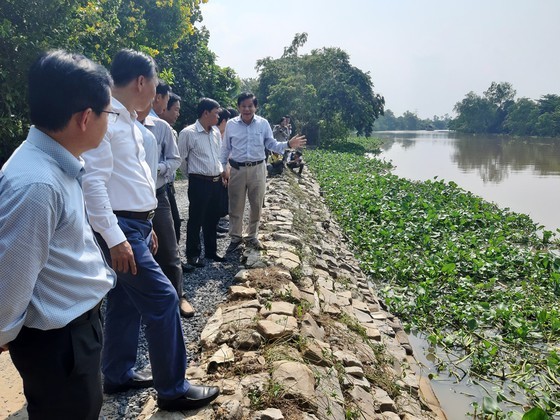 The Mekong Delta has been building anti-landslide works (Photo: SGGP)
The Mekong Delta has been building anti-landslide works (Photo: SGGP)Hence the General Department on Natural Disaster Prevention and Control recommended localities to keep a close eye on weather and natural disaster conditions. They should be ready to evacuate residents from dangerous areas such as riverside and coastal portions to ensure safety for residents especially children and students, protect agricultural production in case of heavy rain and tidal flooding.
In addition they should intensify management over river sand mining and construction of houses and other works in rivers, study modals to call for social investment in anti-landslide works and projects to protect sea dykes.
The rainy season this year is predicted to end soon in November so drought and salt intrusion might be severe in the dry season 2019-2020. Therefore, localities should dredge canals and implement measures to conserve fresh water for daily activities and production.
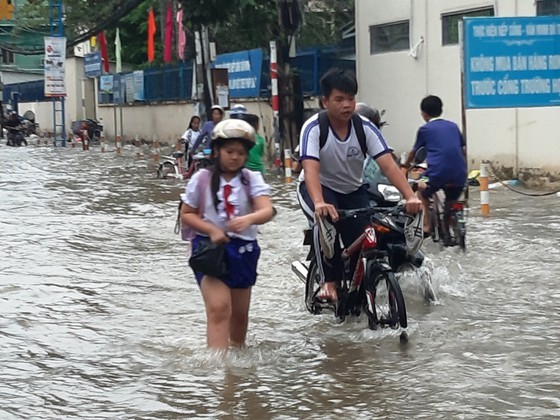 Can Tho city and Mekong Delta provinces should be vigilant over coming high tides which might cause heavy flooding (Photo: SGGP)
Can Tho city and Mekong Delta provinces should be vigilant over coming high tides which might cause heavy flooding (Photo: SGGP)